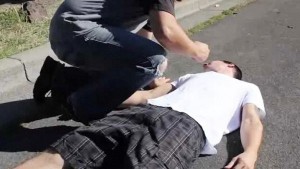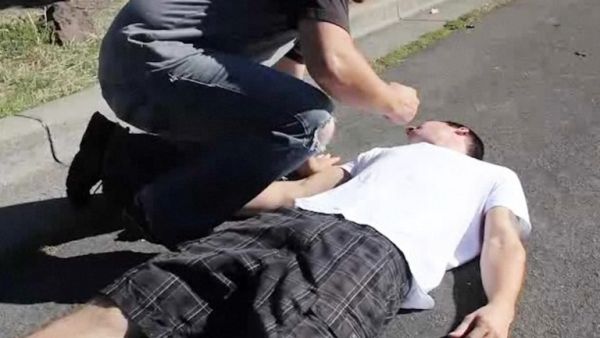
Heat is a byproduct of metabolism in the body and the body is usually able to deplete the heat by radiation of heat through the skin or by sweat evaporation. However, in extreme temperatures, high humidity and physical activity under the sun, the body may be incapable of depleting the heat, causing the temperature of the body to rise. This heightened temperature in the body may lead to damage in the brain and other internal organs of the body.
Heat stroke progresses from heat cramps and heat exhaustion, evidently both heat-related conditions. Heat cramps develops when the body overheats, whereas heat exhaustion occurs when the body does not cool down. Symptoms for heat exhaustion include red, hot and dry skin, cessation of sweating, throbbing headache, muscle weakness or cramps, shortness of breath, lightheadedness, nausea, feeling faint, seizures and unconsciousness. Heat stroke progresses when the body temperature continues to increase.
First aid training may be applied in cases of crisis, especially in cases of heat stroke where it can lead to the demise of an individual. Through training, the rescuer will be more knowledgeable and able to apply practical know-hows in cases of emergencies. The instructions for first aid about to be mentioned do not substitute for actual first aid classes.
If a person is suspected to have suffered a heat stroke, immediately call for emergency medical services or transport the victim to the nearest hospital. While waiting for the paramedics, begin first aid. To treat a heat stroke victim, the first important thing to do is cool the victim. Move the casualty to a shaded area, or if possible an air conditioned room. Remove the clothing. Apply cool or lukewarm water to the skin, such as spraying the casualty with cool water from a garden hose. To induce sweating and evaporation, the casualty may be fanned. Ice packs may be placed under the armpits, neck, back and groin. Due to the high amount of blood vessels of these regions of the body, cooling these areas may lead to a drop in the body temperature.
If the victim is capable of drinking liquids, make them drink cool
water or any cool beverage that does not contain alcohol or caffeine. Check and monitor the body temperature using a thermometer and pursue cooling efforts until the temperature of the body lowers to 38.3˚C to 38.8 ˚C. Often, delayed treatment or untreated cases of heat strokes lead to death.

